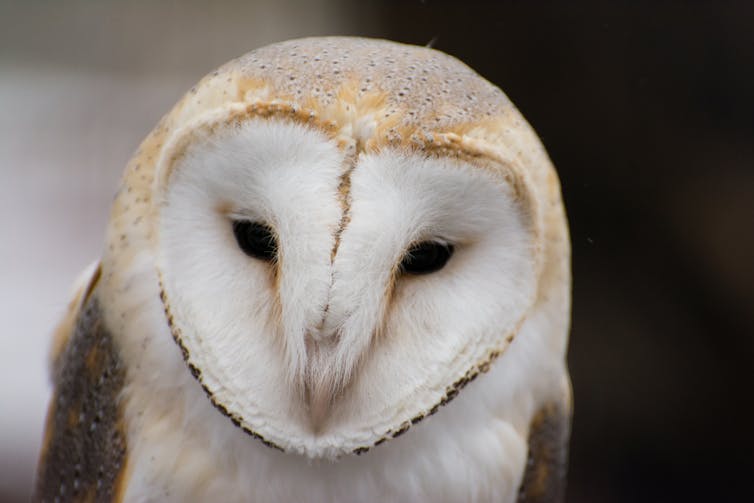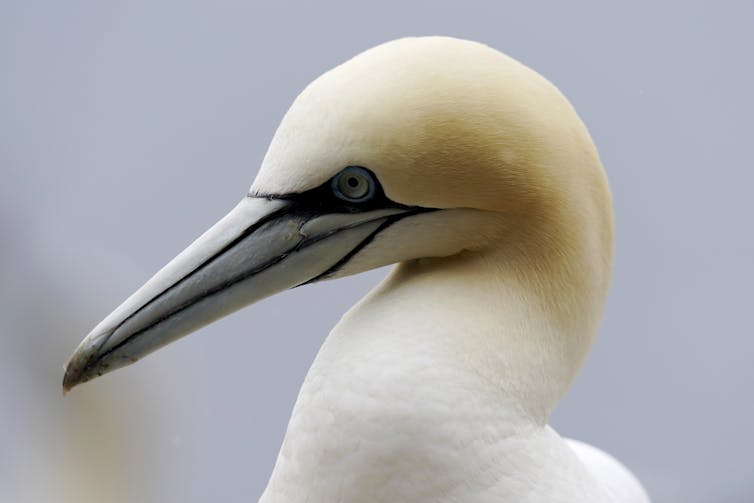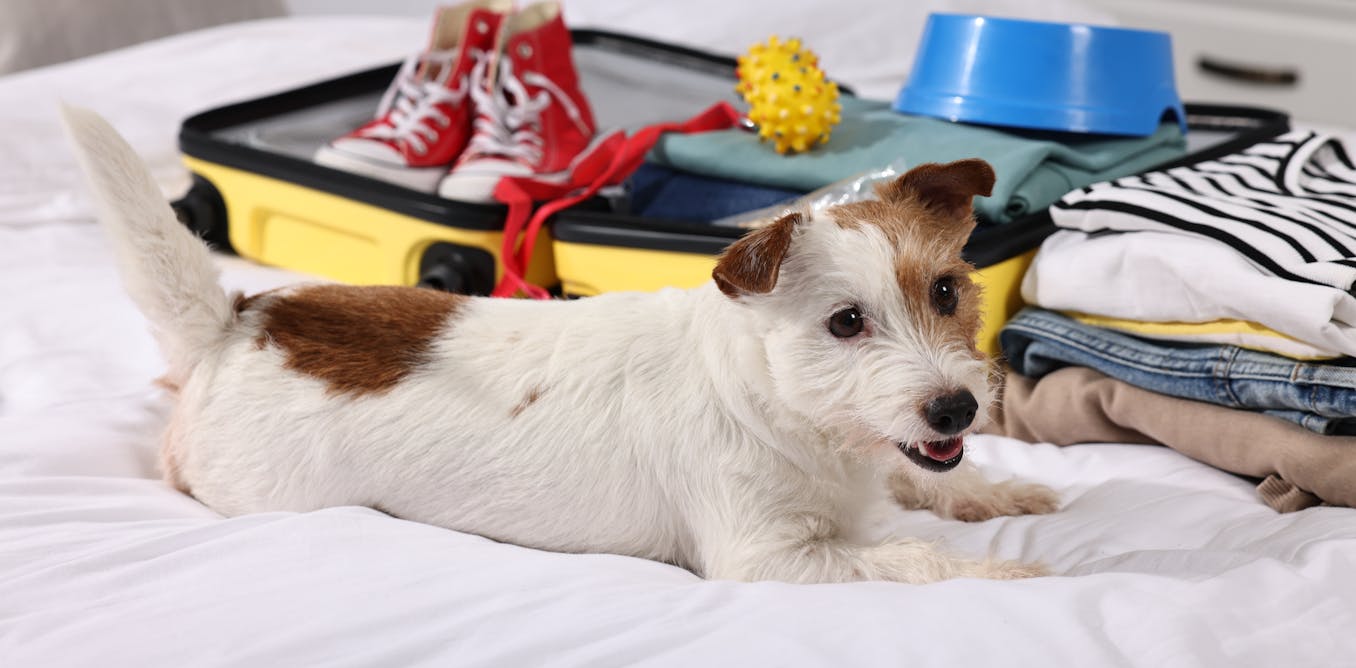Since first being detected in Newfoundland in 2021, a subtype of highly pathogenic avian influenza, HPAI A(H5Nx), has had a dramatic impact on North America.
The poultry industry has suffered the most, with almost 15 million birds dying or being culled to control the virus in Canada. The Supreme Court of Canada recently dismissed a British Columbia ostrich farm’s bid to stop a cull after avian flu was detected on the farm in December 2024.
The problem has been worse in the United States, with more than 180 million birds and over 1,000 dairy cattle farms being affected.
In the wild, the virus has also triggered mass die-offs of birds. In 2022 alone, at least 40,000 wild birds died of HPAI in eastern Canada, including 25,000 northern gannets and thousands of common murres and common eiders. Mortality due to HPAI has continued, with thousands of birds and many wild mammals being affected.
A(H5Nx) refers to avian influenza virus subtypes that share the H5 surface protein but differ in the N protein; current subtypes circulating in North America include H5N1 and H5N5.
As of yet there has been no evidence of sustained human-to-human transmission of the A(H5Nx) subtypes, leading the Public Health Agency of Canada to conclude that the most likely spread scenario now is occasional infection of humans from infected animals with no further spread.
That said, the World Health Organization reports that globally since 2003, almost 48 per cent of the 990 people infected have died. Closer to home, a teenager in British Columbia was infected, resulting in severe illness, but they thankfully recovered.
This is a virus that is clearly a threat to livestock and human health. Our team, a collaboration of governments and academics across the country, recently assessed the extent of HPAI A(H5Nx) in at-risk species across Canada.
In each province and territory, a NatureServe Canada Conservation Data Centre conducts status assessments of wild species and makes the data available through NatureServe Explorer. We identified species of conservation concern in each province and territory, then examined our surveillance data to determine which of these species had detections of HPAI A(H5Nx).
What we found
(Hamilton Greenwood)
Tracking a fast-moving virus across a country as vast as Canada takes an extraordinary network, from field biologists collecting samples in remote wetlands to laboratory scientists decoding viral genomes.
In order to do so, we formed Canada’s Interagency Surveillance Program for Avian Influenza in Wildlife in 2005, consisting of the Canadian Wildlife Health Cooperative (CWHC), the Canadian Food Inspection Agency, Environment and Climate Change Canada, Parks Canada, the Public Health Agency of Canada, Fisheries and Oceans Canada, academic institutions as well as agricultural and environment ministries from all provinces and territories.
By capturing and testing live birds, as well as testing sick and dead wildlife, we identify cases of HPAI A(H5Nx) in wildlife and make the results publicly available through a national dashboard anyone can explore.
We’ve found that HPAI A(H5Nx) had been detected in 41 at-risk species across the 10 provinces, including four species that were assessed nationally by the Committee on the Status of Endangered Wildlife in Canada as at risk: the barn owl, horned grebe, snowy owl and western grebe.
The affected birds represent remarkable ecological diversity: from predators like the peregrine falcon to seabirds like the northern gannet and wetland species like the horned grebe and western grebe. Smaller or more elusive species, especially those living far from people, are likely underrepresented because they’re less likely to be found and tested.
The power of public reporting

(Jordi Segers/Canadian Wildlife Health Cooperative), CC BY-NC
The detection of HPAI A(H5Nx) in so many at-risk species underscores a troubling reality: emerging diseases are now part of the conservation landscape.
A 2024 study found that 16 per cent of wild bird species and 27 per cent of mammal species with H5N1 infections were listed by the International Union for Conservation of Nature as conservation concerns. These are species already facing a number of challenges, and disease adds yet another one.
For species already pushed to the brink by habitat loss, pollution and climate change, a new infectious threat can tip the balance toward extinction.
This work illustrates the importance of the public in monitoring wildlife diseases. Every time someone reports a sick or dead wild animal, it contributes to our understanding of disease in wildlife.
People across Canada can play a direct role by reporting observations to the CWHC. It’s an easy way for anyone to contribute to national wildlife health surveillance. Without these public reports, we would have far less information about how HPAI A(H5Nx) is affecting wild species, especially in remote areas.
This is citizen science at its most immediate and impactful.
A broader perspective

(AP Photo/Carolyn Kaster)
Our work also speaks to how science and the public can work together in the face of global health challenges. The same systems that detect avian influenza in wildlife also protect the poultry industry, our pets and, indirectly, human health.
It’s a reminder that disease surveillance is a public good that depends on investment and co-operation across disciplines, governments and communities.
Further, these collaborations illustrate the One Health approach, which recognizes that the health of humans, animals and ecosystems are interlinked.
Read more:
Without a One Health plan, Canada is vulnerable to future pandemics
The spread of avian influenza in wildlife, livestock and occasionally people underscores how closely connected our health really is. We are only going to address these challenges by working together in a One Health approach.
Lastly, it’s important to note that this work reflects the efforts of dozens of people across Canada. Folks from many federal, provincial, territorial and academic institutions all contribute to the surveillance network described here. Their collective expertise and commitment make this work possible.

The post “How we’re tracking avian flu’s toll on wildlife across North America” by Damien Joly, CEO, Canadian Wildlife Health Cooperative, University of Saskatchewan was published on 11/09/2025 by theconversation.com






































Leave a Reply